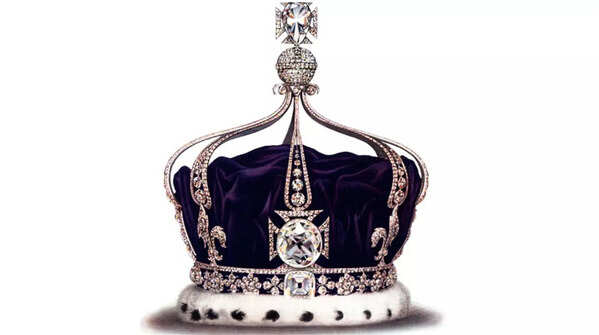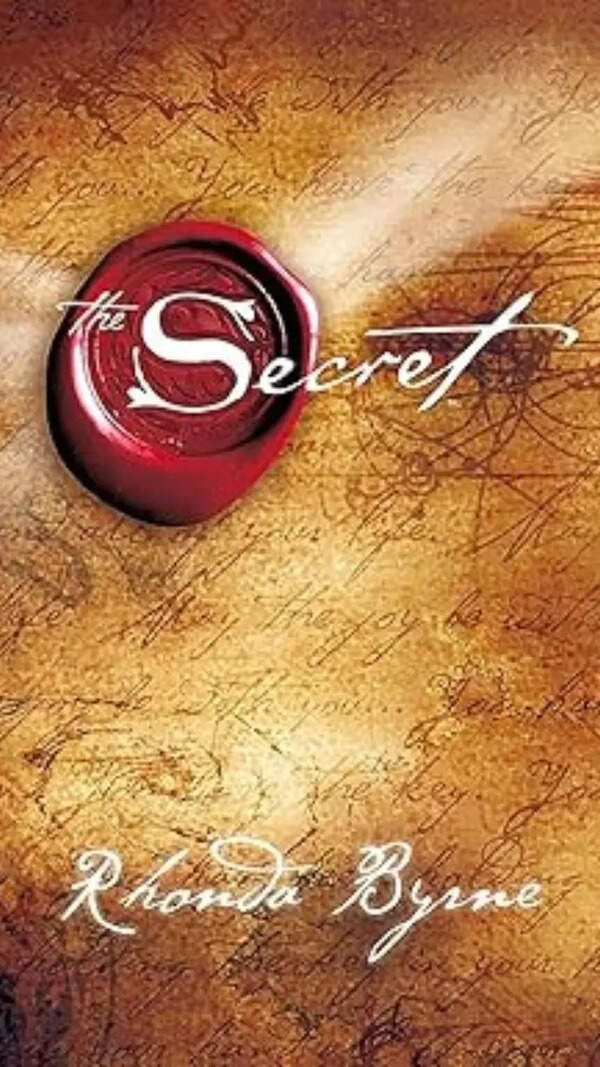The cursed Koh-i-Noor diamond has a Hindu mythology link

From being 'cursed' to 'stolen': 5 shocking stories behind the Koh-i-Noor diamond
The Koh-i-Noor diamond is a 105.6-carat gemstone that has long been one of the most iconic jewels in history with numerous stories which come with it. This precious gem has voyaged through various hands, including Mughal emperors, Afghan rulers, and Sikh Maharajas, before being annexed by the British during the colonial period from the heart of India. Because much of its story is woven in legends, misunderstandings, and controversies, it often clouds the true history of this extraordinary gem. Here are some of the most common myths about the Koh-i-Noor diamond:

The ‘clumsy cut’ on the diamond reduced its size
One of the most common myths about the Koh-i-Noor is that it was poorly cut, leading to a reduction in its size. This myth likely arose from confusion with another diamond, known as the Great Mughal Diamond. According to researchers, the Koh-i-Noor was not the diamond mistakenly described as having been clumsily cut by a Venetian cutter. The Koh-i-Noor’s reduction in size was actually the result of a series of cuts, particularly one by Prince Albert, Queen Victoria’s husband. Unlike the Great Mughal Diamond, the Koh-i-Noor’s history involves careful recutting to increase its brilliance, not a hasty or careless cutting process.

The Koh-i-Noor is cursed and brings misfortune to Its male owners
The most enduring legend surrounding the Koh-i-Noor is the belief that it carries a curse, bringing misfortune to male owners while sparing female wearers. The myth comes from an old Hindu proverb dating back to 1306, which states, “He who owns this diamond will own the world, but will also know all its misfortunes. Only God or a woman can wear it with impunity.” The diamond’s history seems to reflect this myth, as many male rulers who owned it like Nader Shah and Maharaja Ranjit Singh met untimely or violent ends. However, female members of the British royal family, including Queen Victoria, wore the Koh-i-Noor without the same fate.

The Koh-i-noor had hidden imperfections
People believe that Koh-i-Noor was the most perfect diamond that ever existed, but this is not true because it was not flawless when it was first discovered. The uncut version of the diamond had visible flaws at its heart, including yellow flecks. These imperfections became evident when the diamond was examined under the light. Prince Albert, who inherited the diamond after it was brought to Britain, was so keen on improving its appearance that he arranged for it to be recut. It is also important to note that the Koh-i-Noor, though famous, is not the largest diamond in the world. It is far from it, ranking as the 90th largest diamond in the world.

The origins of Koh-i-Noor are unclear
Many believe that Koh-i-Noor was mined in the Kollur mines of India, which is one of the most historically famous diamond mines. However, there is no definite evidence to support this claim. Some sources even say that the Koh-i-Noor was not mined at all, but instead unearthed from a dry riverbed. Furthermore, some legends also associate the diamond with the Syamantaka gem, a mythical jewel from Hindu mythology that has its origins linking it to Lord Krishna. While the Koh-i-Noor’s exact origins remain unclear, it is more likely that it was discovered in the Golconda region of Andhra Pradesh which has been popularly known for its high-quality diamonds.

The diamond was stolen in a ‘turban swap’
A famous story that has circulated for years says that the Koh-i-Noor was stolen from Mughal Emperor Muhammad Shah Rangila by Nader Shah during a ceremonial turban swap. According to the story, Nader Shah cunningly swapped turbans with the emperor to acquire the diamond. However, historians have debunked this myth. According to Persian historian Marvi, who was an eyewitness to the events, the Koh-i-Noor was a central part of the Peacock Throne, and also the most opulent piece of furniture ever made by the Mughal Empire. The diamond was set into the throne’s roof, making it nearly impossible for Muhammad Shah to hide and squirrel it in his turban.








